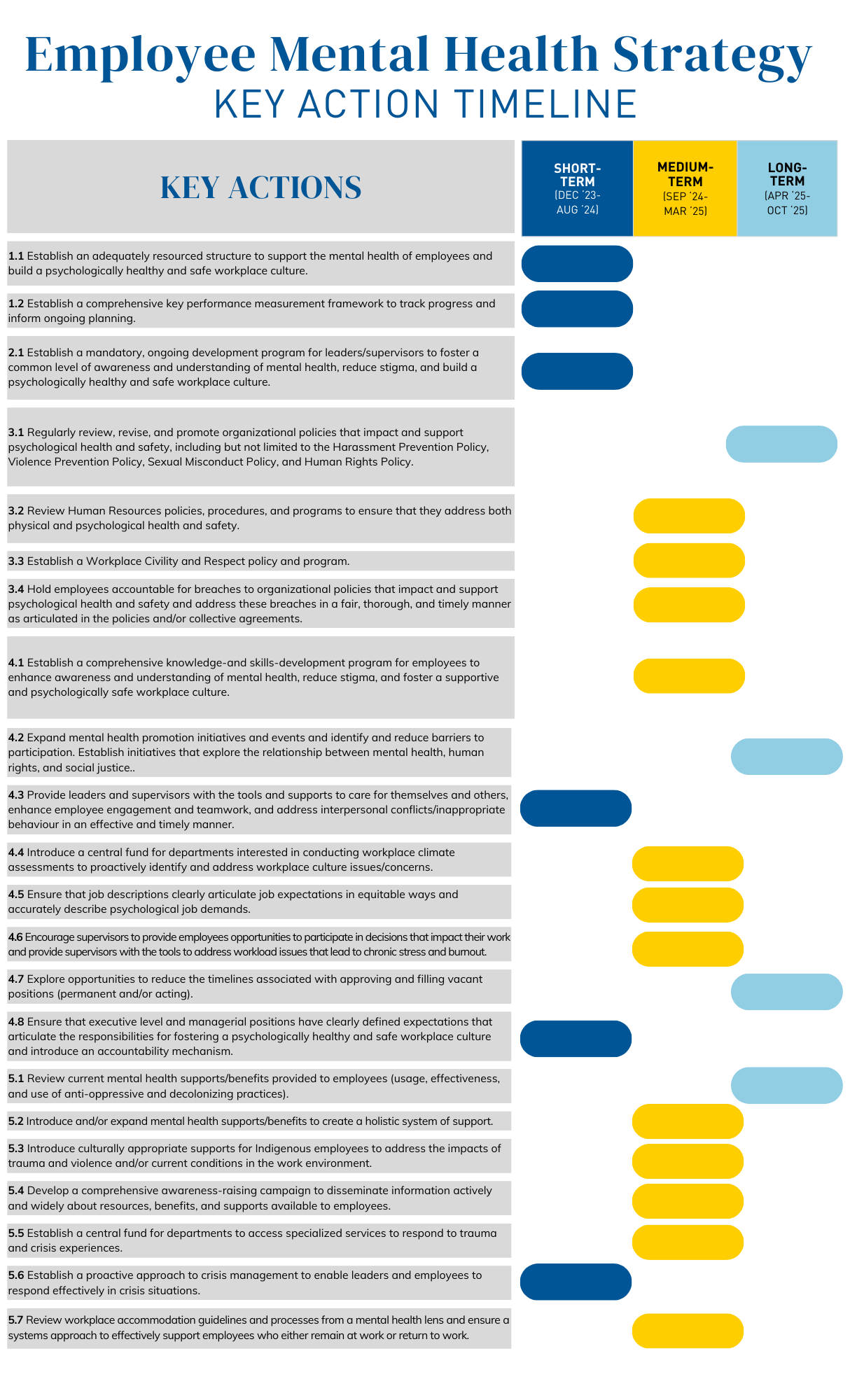Latest Updates
You spoke, we heard you... the University of Windsor is changing EAP Providers!
New EAP Provider: GreenShield starting May 15th, 2025 (TELUS Health will continue to be available until May 15)
Eligible employees, which includes permanent part-time, permanent full-time (including those in their probationary period), and those in temporary non-grant positions who qualify for GreenShield benefits, and their dependents have access to:
Mental health supports, including both individual and couples counselling for:
- depression
- anxiety
- addiction
- stress management
- burnout
- anger management
- grief and loss
- trauma
- + more!
The EAP also includes access to the Noojimo all-Indigenous virtual mental wellness clinic, a compassionate circle of Indigenous healthcare professionals providing counselling services focusing on early intervention, prevention, and mental health education.
EAP is not only about mental health and also provides services related to:
- Financial consultations
- Legal consultations
- Health coaching
- Life transition coaching
- Career coaching
- + more! check out all available services here.
With GreenShield, you will be able to access services via phone, online, or via the GreenShield+ app, and if you exhaust your EAP allotment, coordination is available with any eligible hours you may have under your health benefit plan (if applicable).
The EMHS evaluation framework aims to track and measure progress towards the achievement of the purpose of the EMHS: “Build awareness and understanding of mental health, reduce stigma and foster a psychologically safe environment for all.” The data gathered will also enable the assessment and adjustment of interventions and support ongoing planning.
Access a .pdf copy of the measurement framework for the Employee Mental Health Strategy here.
The Vice-President, People, Equity, and Inclusion is accountable for the implementation of the strategy, and as a first step in that process, an accountability structure has been established to lead the implementation of the strategy.
An implementation plan and measurement framework will be established in Winter 2024 to turn the strategy into action and to measure success as we continue to build a safe and thriving workplace at the University of Windsor.
To this end, the Employee Mental Health Strategy Implementation Working Group was established in September 2023.
The Employee Mental Health Strategy Steering Committee was established in the Fall of 2022 to lead the strategy development process. The Committee then engaged the Centre for Addiction and Mental Health (CAMH) as an external subject-matter expert.
The following provides a high-level overview of the strategy development process:

1. Take stock of current situation
The development of the strategy was guided by the Campus Mental Health Purpose, Vision and Guiding Principles and grounded on the 13 psychosocial factors that are part of the National Standard of Canada for Psychological Health & Safety in the Workplace (Mental Health Commission of Canada in partnership with CSA and the Bureau de Normalisation du Quebec, 2013).
A comprehensive assessment tool comprised of key indicators associated with the 13 psychosocial factors was designed to take stock of our current situation through data gathered through the Employee Engagement Survey (2022), the Aspire Strategic Planning consultations as well as the review of policies and websites.
2. Identify gaps, needs, & opportunities
The information gathered through the assessment tool was reviewed to identify areas of strength, gaps, needs, and opportunities.
3. Formulate areas of priority & key actions
To address the opportunities for improvement emerging from the organizational assessment, an integrated approach to psychological health and safety was adopted by the Steering Committee. Five (5) areas of priority for the Employee Mental Health Strategy and a total of 22 key actions emerged from this process. Combined, these 5 priorities and associated actions will be impactful to promote mental health, minimize workplace risks to mental health, support employees throughout the mental health continuum and build a psychologically healthy and safe workplace culture.






